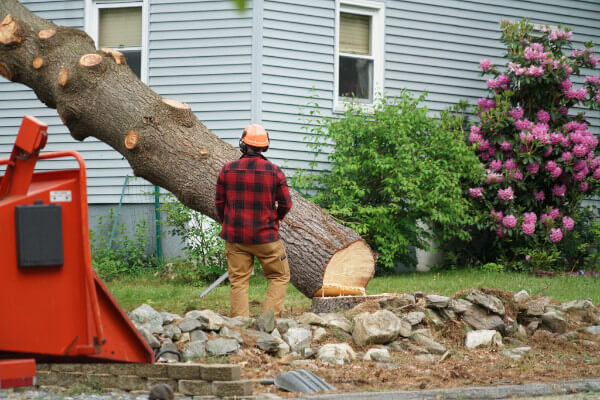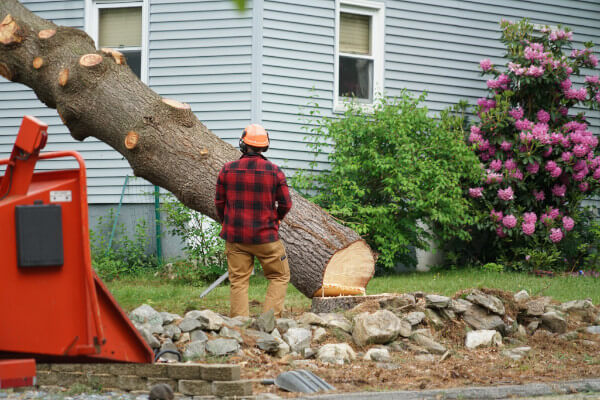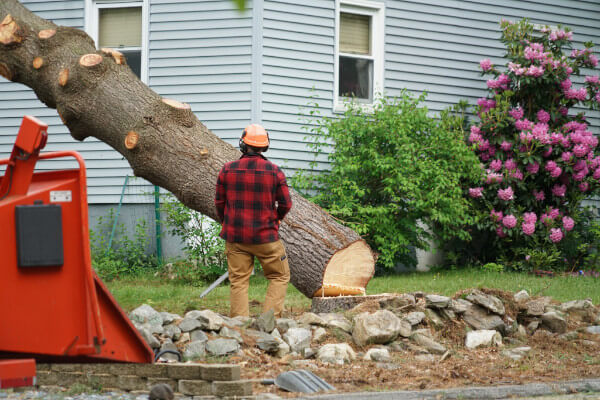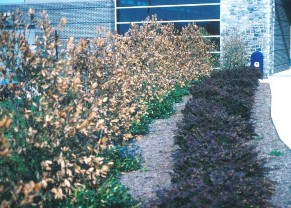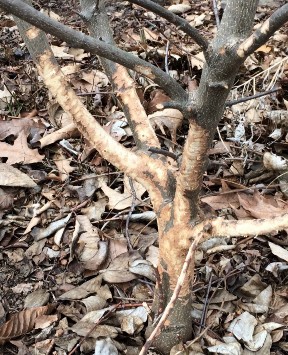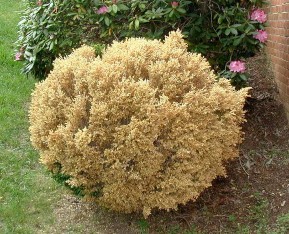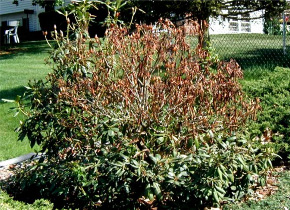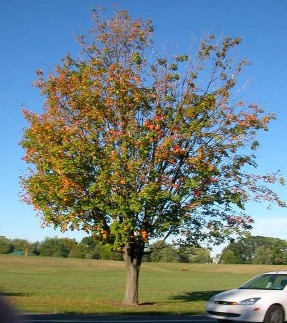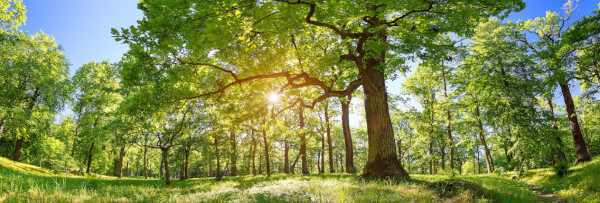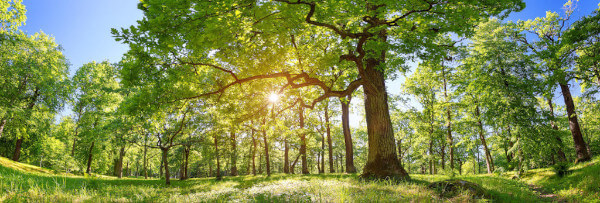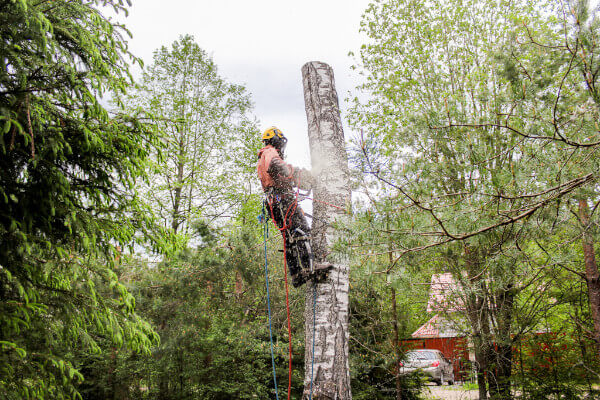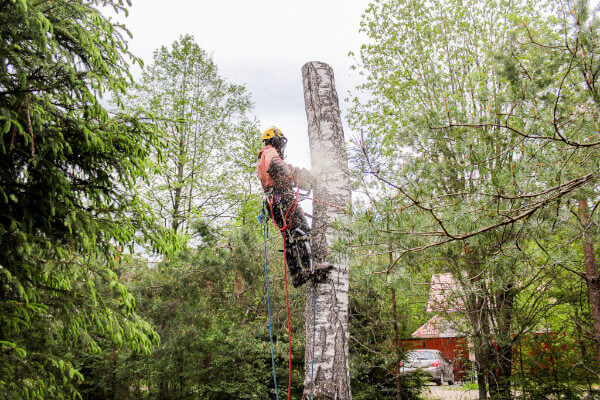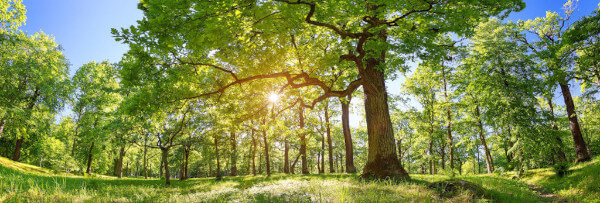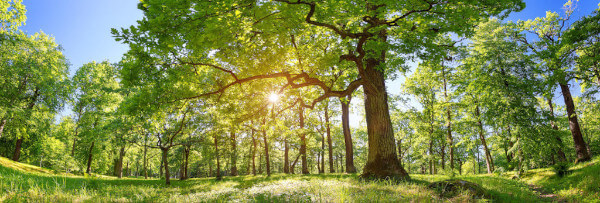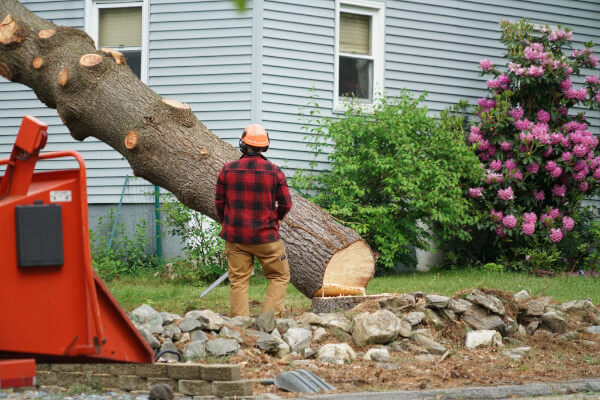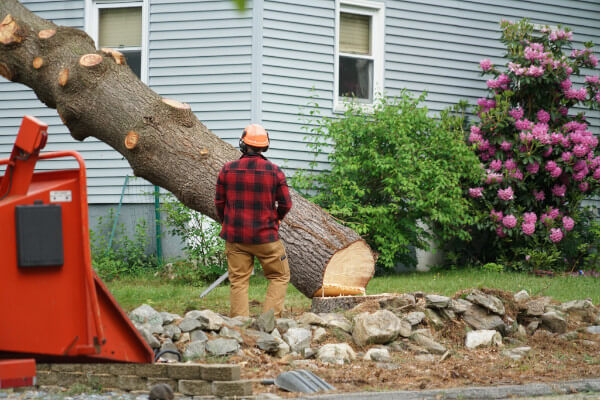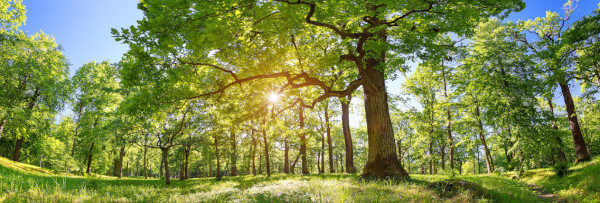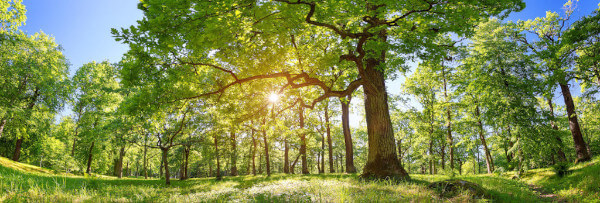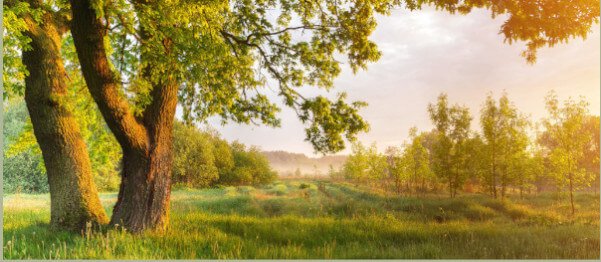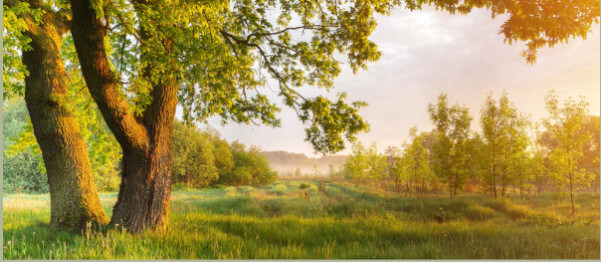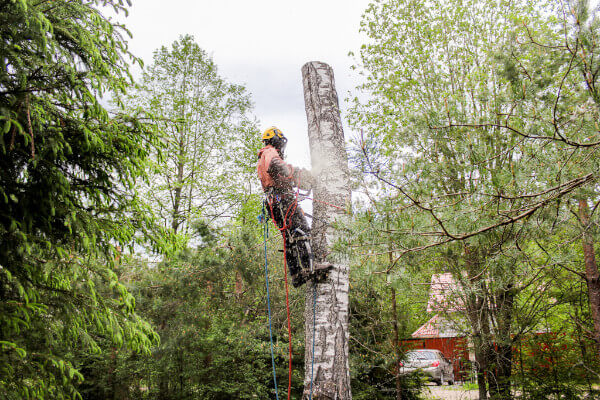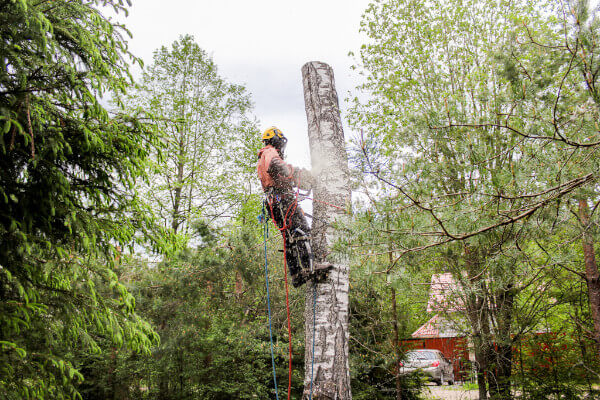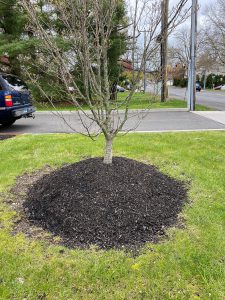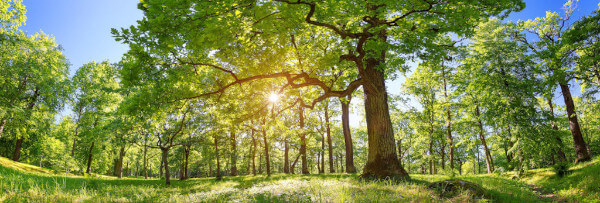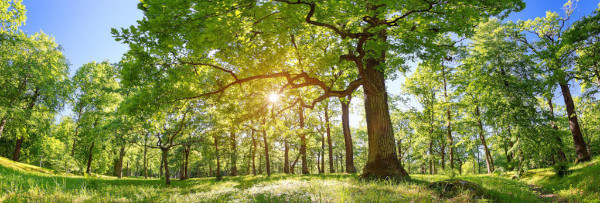Holly is commonly seen during the holiday season. Even carols tell us to ‘Deck the halls with boughs of holly.’ The plant’s green leaves and red berries (though some cultivars do have berries with other colors) are a festive pop of color in interior décor. In the outdoor landscape, they are a bright and welcome sight on cold and gray winter days.
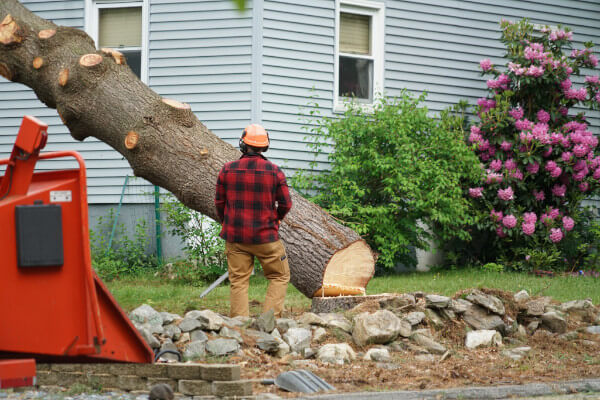
There are around 400 species in the holly (Ilex) genus including trees, shrubs and climbers. American holly is the one we most often associate with the holidays. While holly are generally slow-growing, some species are capable of obtaining heights of 80 feet or more!
Holly Characteristics
All parts of the plant, including the berries, are toxic to humans if consumed. However, they are an important food source for birds. The dense foliage is also a great hiding place from predators! In native areas, birds help the plant survive by dispersing seeds. Unfortunately, this can be a problem in non-native geographies. For example, along the west coast of North America, from California to British Columbia, holly has been spreading rapidly and crowding out forest species.
Holly plants are separately male and female. Males produce flowers, but no fruit. The familiar red fruits are on female plants. For the female to bear fruit, a male must be planted nearby. The fruits ripen in winter. They provide a nice color contrast to the glossy evergreen leaves.
Holly often grows as a shrub or in hedges. In open conditions, it can also form a small tree after growing for many years.
Growing and Caring for Holly
These plants thrive in full sun or partial shade and well-drained soil.
Hollies are susceptible to various leaf spot diseases. Infection results in leaf discoloration and eventual defoliation. Management of these disease is achievable as long as they are identified and treated in a timely manner. Root rot is another disease issue that is common. The best course of action is to maintain healthy soil conditions so that roots can continue to grow and thrive.
Some insect pests attack holly. A Certified Arborist can identify and treat infestations of aphids, scale, mites or holly leaf miner.
Overall, this is a great plant in its native range that brings color and beauty to a winter landscape.
The post Holly Plant: A Holiday Favorite that Shines in Winter first appeared on Tree Topics.
